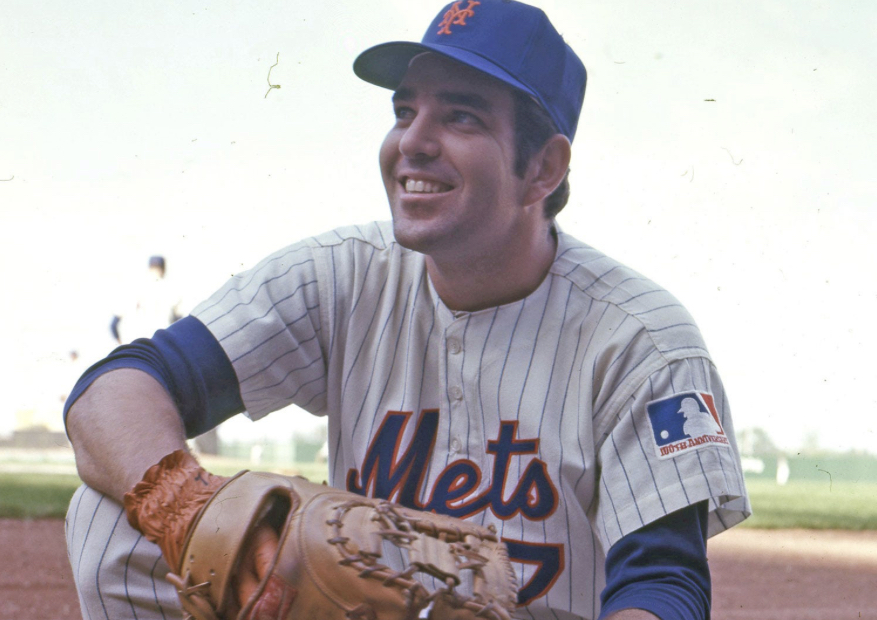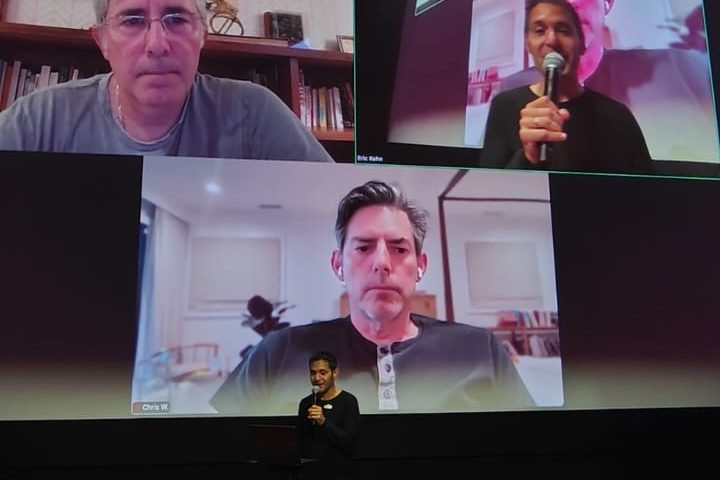Ed Kranepool’s Life Will Make Many Believe in Miracles

Ed Kranepool believes in miracles. He has to because he has been part of them during his incredible life.
Sitting in the New York Mets dugout in Shea Stadium, he watched as his team inched closer to winning the club’s first World Series title. When Baltimore Orioles batter Davey Johnson — who would unbelievably become a manager and lead the Mets to their only other championship in 1986 — sent a fly ball to left field, Cleon Jones made the easy catch and, in a pose that remains iconic in the history of Major League Baseball and the Mets, placed his knee on the field momentarily before coming up with the ball.
While Kranepool and the rest of his team rushed the pitcher’s mound for the inevitable celebration, Jones had to fight his way through the crowd of thousands of fans who had rushed the field and began to tear it to pieces.
“I don’t know how Cleon made it to the clubhouse,” says Kranepool from his home in Boca Raton, Florida. “There were thousands of fans going crazy and they destroyed the field. They ruined it for the Jets.”
Kranepool joined the Mets in 1962 and played more games than any other Mets player. In his 1,800-plus games, he saw the Mets ride a roller coaster of success.
“In 1969, we went from the outhouse to the penthouse,” says Kranepool. “It was a fairytale. It still is.”
Kranepool was also with the Mets in 1973 when the team did not win its second world championship, something he chalks up to managing, then under the direction of former Yankees great Yogi Berra. Berra had taken the helm after Gil Hodges, a Hall of Fame player known as the heart and soul of the 1969 Mets team and as a member of the Brooklyn Dodgers.
“Yogi was a great guy, but Gil was a much better manager,” says Kranepool. “Winning in 1969 was the best time we ever had but losing in 1973 still hurts. We should have won that year.”
Kranepool was born in the Bronx. After signing his contract with the Mets, he moved to White Plains before heading to Long Island, first to Farmingdale and then Jericho, where he lived until last year. For more than two decades, he and his wife were fixtures on the East End, living on their 68-foot boat in Three Mile Harbor.
“The boat was named ‘Meema,’ after my wife, because our grandchildren couldn’t say ‘grandma,’” says Kranepool.
From May through Labor Day, the Meema was the Kranepools’ second home. “We’ve made so many good friends and have great memories there,” says Kranepool. “The East End of Long Island is a great place to be.”
It hasn’t always been a fairy tale for Kranepool. After retirement, he developed diabetes, which worsened with age. In 2017, Kranepool lost a toe due to an infection. As his kidneys failed, his body could not fight the infection, and a kidney transplant became necessary. With a rare blood type and failing health, finding a donor was a difficult challenge.
Kranepool lived another miracle when Glenwood Landing resident Deborah Barbieri donated a kidney to Kranepool. Barbieri had originally hoped to donate her kidney to her husband Al but was not a match. But another man was a match for Al. So, Barbieri was able to donate to Kranepool and her husband received a kidney from another donor.
The new lease on life has allowed Kranepool to keep moving forward. Although he sold his boat last year and now calls Boca Raton his full-time home, he said he will be back on Long Island this year.
“We have too many people and too many memories there,” says Kranepool. “We will always come back.”
He also remains a Mets fan favorite. Although he is not a part of the Mets organization, his presence provides the team with public relations that money cannot buy. Kranepool visits Spring Training in Florida and still supports his team, attending games at CitiField and other stadiums throughout the season.
He is recognized daily and, with fewer members of the Miracle Mets still publicly visible, he is one of the last connections to the team.
“I believe the 1969 World Series is one of the most memorable in the history of baseball,” says Kranepool. “It was 1969. The country was in turmoil. We were under 0.500 just before the All-Star break and then came back to make the playoffs and then win the World Series. People really got excited about the 1969 Mets. It was a great story, and it will always be a great story.”
Todd Shapiro is an award-winning publicist and associate publisher of Dan’s Papers.









